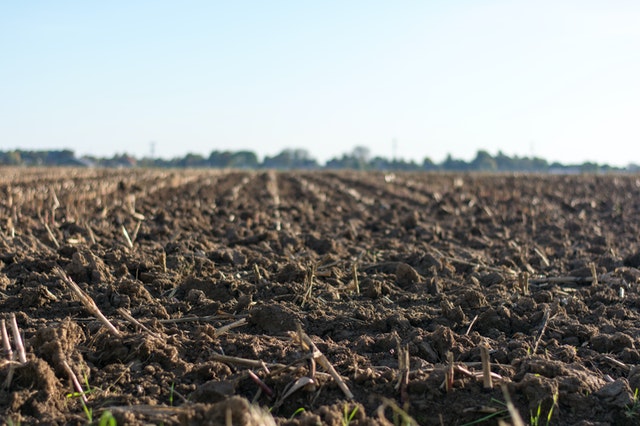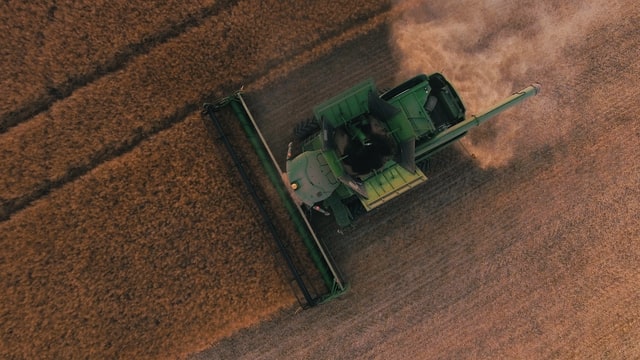How to bring life to dying soils
BBC Future – Follow the Food
Up to 40% of the world’s agricultural land is degraded, and it’s estimated that the economic losses amount to $40 billion (£30bn) per year. But almost all of the world’s arable land is already being farmed, so it’s not an option to leave existing plots and move on to new ones.
Intensive farming, climate change, deforestation, industrial activity and natural processes have all taken their toll on soil. The effects can be physical (such as erosion of fertile topsoil), chemical (such as acidification of soil), or biological (such as loss of microbes). Where soil remains, overworking it makes it weaker due to less nutrient absorption and drainage of water – for instance, when soil becomes compacted by overgrazing of livestock.
But fairly simple techniques can make a big difference. In Ghana, planting elephant grass helps to hold soil together. In Burkina Faso, the zai (half moon) method involves farmers digging large holes in soil and putting in compost when rains are arriving in order to conserve water and soil. In India, using trenches and small walls during the rainy season helps to preserve nutrient-rich topsoil and prevent soil erosion.
Indeed, around the world farmers and scientists are working to invigorate soil where possible. And they’re finding that sometimes the best solutions are the basic ones.
In many ways, the best way to reverse nutrient depletion in the earth is simply to leave nature to it. This is the basic principle behind practises like regenerative agriculture, conservation agriculture and no-till agriculture.
These approaches share a commitment to reversing human-induced stress to soil. For instance, growing perennial crops reduces the need to till and disturb soil, preserving its integrity and increasing its resilience to drought. In essence, regenerative agriculture aims to minimise soil disturbance, combined with other techniques for improving the health and productivity of soil.
> Source: BBC Future – Follow the Food



